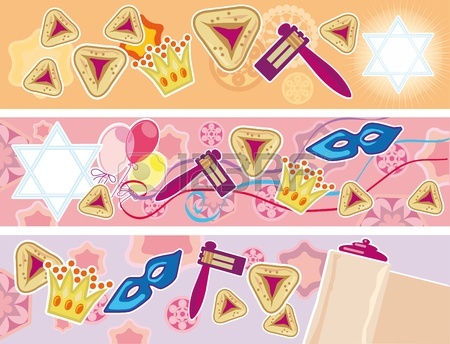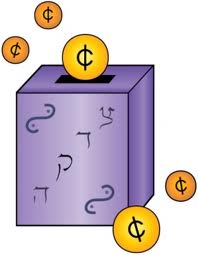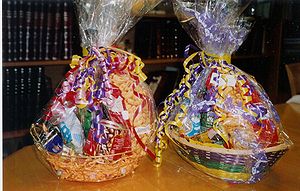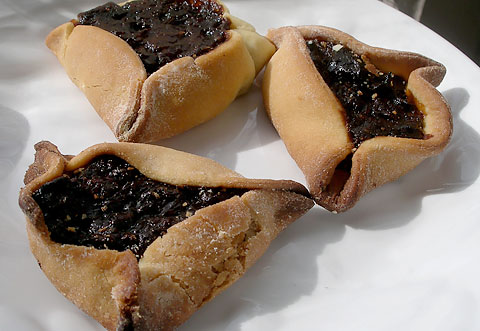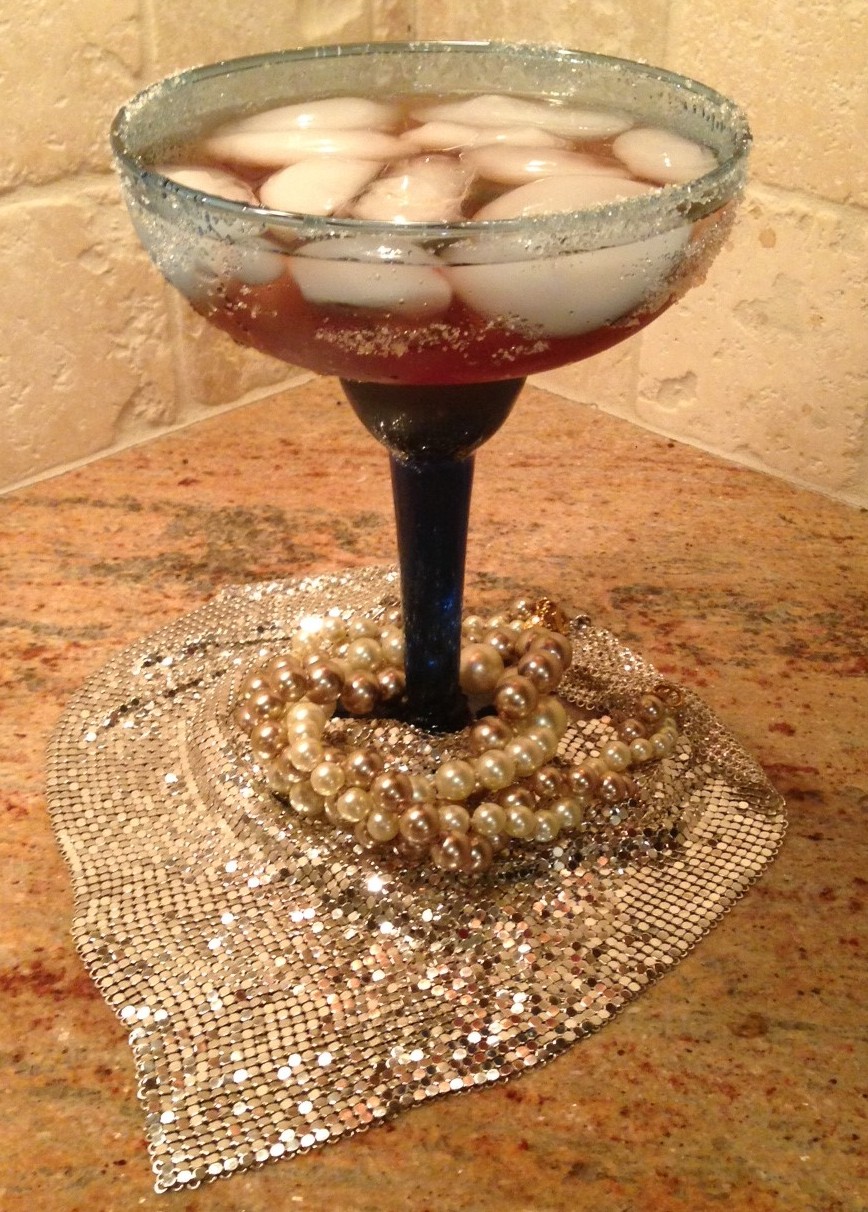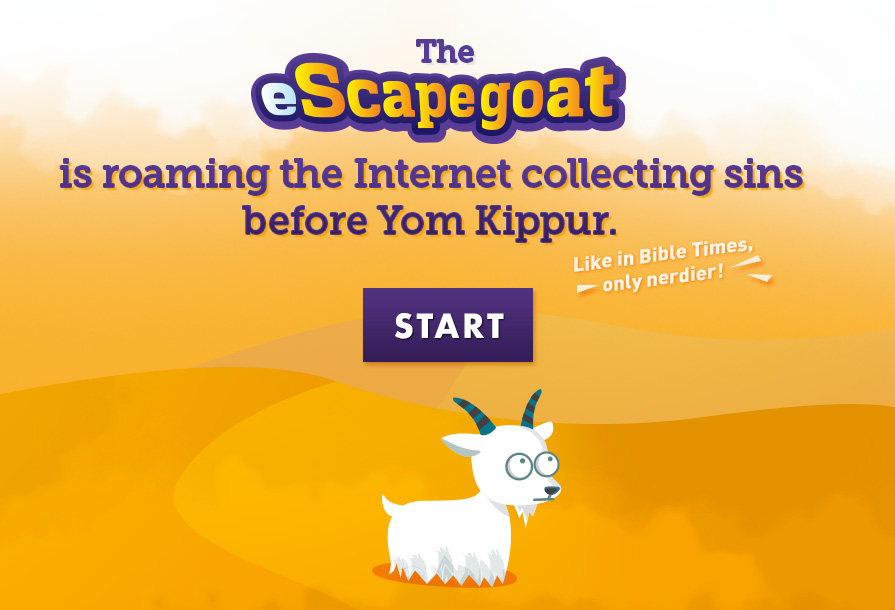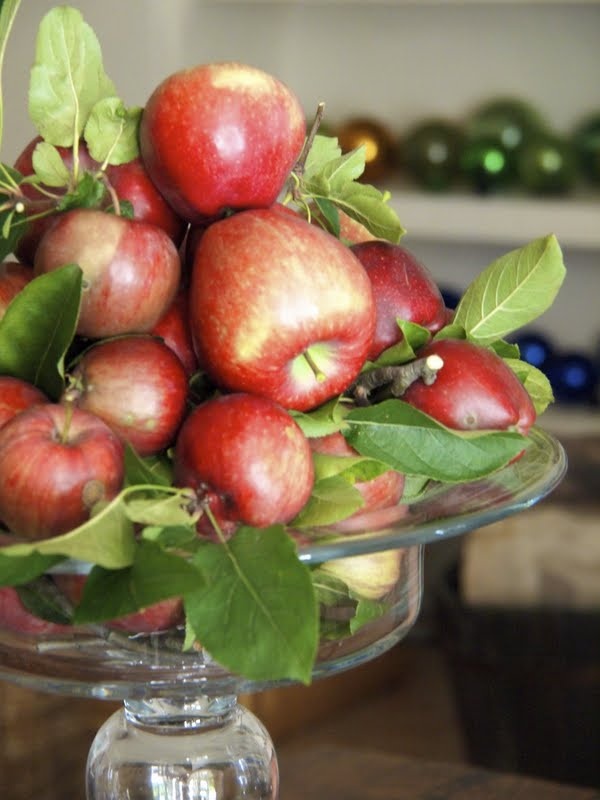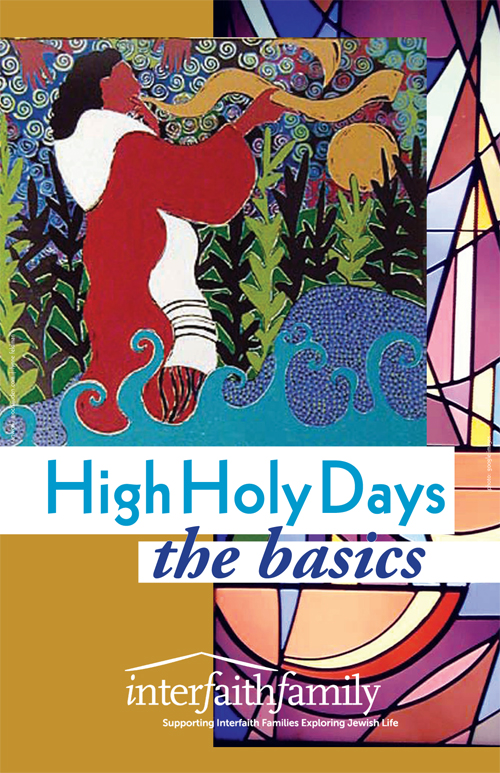The Story of Purim
The Jewish people don’t always have reason to celebrate, but Purim is a welcome exception to that rule! The most joyous of all the Jewish holidays, the story of Purim is as follows:
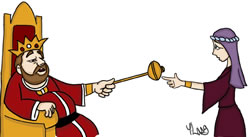
King Ahasuerus was the ruler of the Persian empire, and among his subjects were Jews. The king had been married to the beautiful Queen Vashti, whom he had executed for failing to obey his orders. Ready for a new, and even more beautiful wife, Ahasuerus held a beauty pageant to find a queen. He chose Esther, who was an attractive young Jewish woman living in Persia. She had been raised by her cousin Mordecai as if she were his own daughter. Mordecai instructed Esther to never reveal she was a Jew, and so she kept that fact hidden from the King.
The King’s prime minister was a terrible, anti-Semitic man named Haman. After Mordecai refused to bow to Haman, Haman set out to destroy the Jewish people. He devised a plan to convince the King to issue a decree ordering the extermination of all Jews. The date was chosen to fall on the 13th day of the month of Adar. The word “Purim” literally translates to “lots” in reference to the lottery Haman held to choose the date of his attack against the Jews.
Mordecai persuaded Esther to speak to the king on behalf of the Jewish people. The King did not allow anyone in his presence without being summoned, so Esther prepared herself for his possible outrage by fasting for three days. When the time came to approach the King and Haman, she was graciously welcomed. Esther then admitted her Jewish identity to the King, along with Haman’s plot to kill her and her people. The King was outraged and decided to save the Jews and hang Haman instead. Mordecai was appointed prime minister in Haman’s place and the Jews were granted the right to immobilize themselves against their enemies.
On the 13th of Adar, the Jews unified under Mordecai to defend themselves against those who tried to attack them and were victorious. According to the Book of Esther, “and on the fourteenth [day] [the Jews] rested and made it a day of feasting and joy.” (Esther 9:18). Mordecai declared that the victory be remembered every year. The celebration is called Purim because Haman cast the “pur” (the lot) against the Jews, yet failed to destroy them. We still continue to celebrate!
How We Celebrate
1. The reading of the Megillah
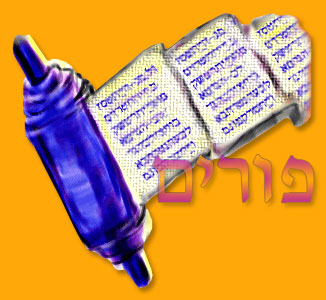
The Megillah (which means scroll) refers to the Book of Esther, which retells the story of the Purim miracle. It’s customary to hear the Megillah reading each Purim and audience participation – the rowdier the better – is very much encouraged! Congregants will boo, hiss, stomp, and shake their gragers (noisemakers) whenever the name “Haman” is spoken.
2. Gifts to the poor
As a sign of unity, Jews are encouraged to give gifts of food or money to those less fortunate during Purim, or to donate to charity. It’s considered a mitzvah to give help to anyone who asks on that day.
3. Sending gifts of food to friends
Another way of solidifying the sense of Jewish community is to send gifts of food to friends and loved ones. Mishloach manot, literally the “sending of portions” and sometimes shortened to shalach manos, are gift baskets of food and/or drinks that are sent to friends, relatives, neighbors, and other acquaintances on Purim. The mitzvah of giving mishloach manot derives from the Book of Esther. It is meant to ensure that everyone has enough food for the Purim feast held later in the day, and to increase love and friendship among Jews. According to the halakha, every Jew of bar and bat mitzvah age should send a food gift consisting of two different types of food to at least one recipient.
If you don’t have time to assemble your own mishloach manot baskets, see Pre-Made Mishloach Manot For Purim.
The most common Purim-themed treat is hamentaschen (Haman’s pockets). Hamentaschen are triangular cookies spread with a variety of fillings, and are meant to represent Haman’s three-cornered hat. Check out Our Favorite Hamentaschen Recipes here!
4. A Purim feast and celebration
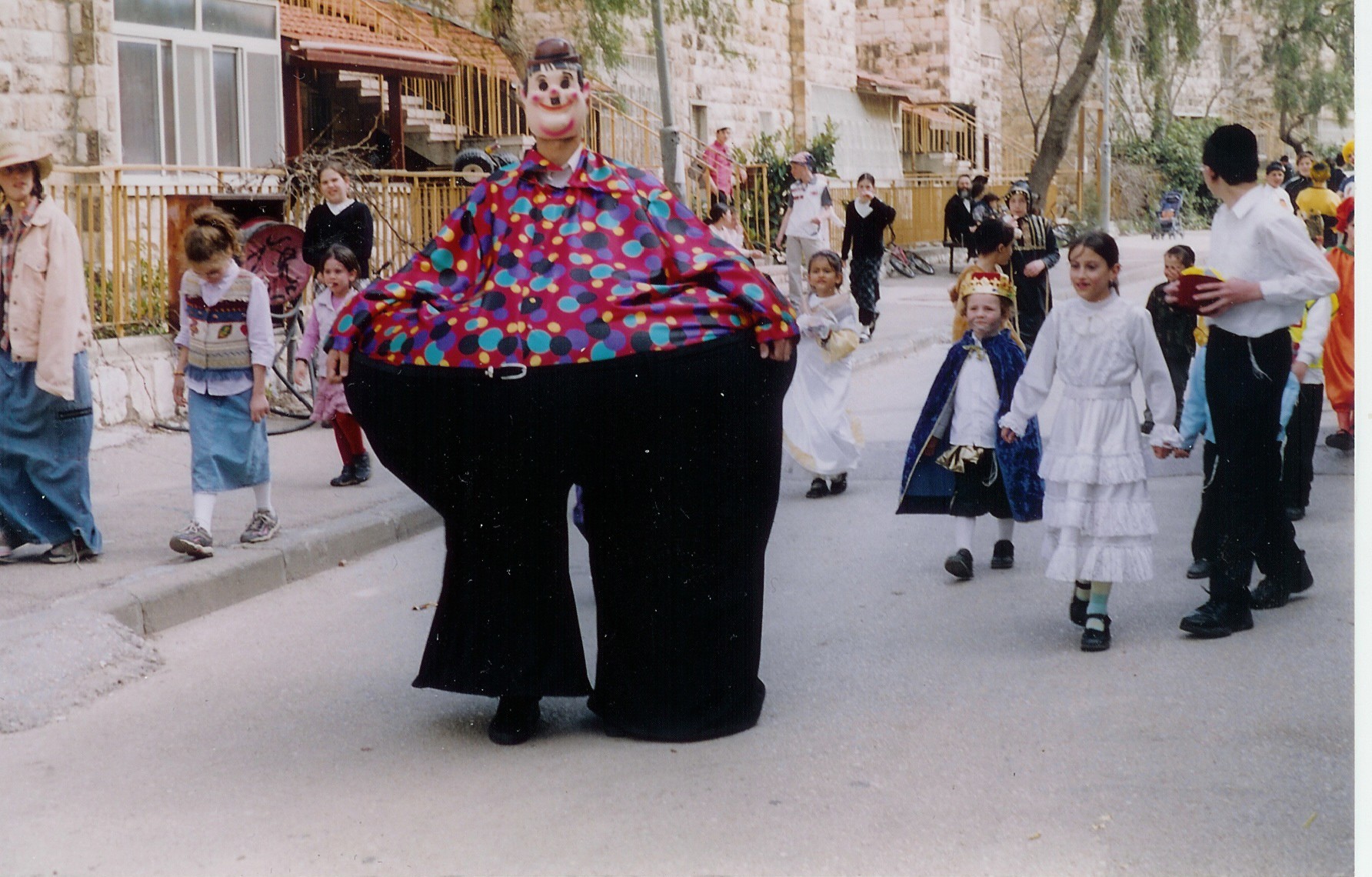
Purim is a happy holiday, and so it should be celebrated! Jews should party with their friends and family, enjoy delicious food, and (for the over 21 set) lots of celebratory wine! The Talmud actually states that a person is required to drink until they cannot tell the difference between “cursed be Haman” and “blessed be Mordecai”. The Purim Seudah (feast) is held during the daytime, but it is also customary to extend the meal until after dark. If Purim falls on Friday, the festive meal is held in the morning, so that it ends in plenty of time to prepare for Shabbat. In addition to the Seudah, carnivals are often held to celebrate Purim and children are encouraged to dress up in costumes. Purim is sometimes referred to as “The Jewish Mardi Gras”. That sounds like some party!
When is Purim?
Purim falls each year on the 14th day of the Hebrew month of Adar, which typically lands in March. Below are the future dates for Purim.
2014: March 15, 2014 – March 16, 2014 sunset to nightfall (Jewish Year 5774)
2015: March 4, 2015 – March 5, 2015 sunset to nightfall (Jewish Year 5775)
2016: March 23, 2016 – March 24, 2016 sunset to nightfall (Jewish Year 5776)
2017: March 11, 2017 – March 12, 2017 sunset to nightfall (Jewish Year 5777)
Our Original Purim Cocktails
Haman’s Heart
Ingredients:
1 oz Apricot Brandy – symbolizes royalty
1 oz Blackberry Brandy – symbolizes evil
1 1/2 oz Tequila – symbolizes treachery
Shake the mixture with ice and serve in a martini glass. Garnish with a triangle of orange.
The Rise of Mordechai
Ingredients:
2 tbsp pure 100% pomegranate juice, chilled
1 tbsp Cointreau
1/2 tsp pomegranate seeds
1/2 tsp sweetened lime juice
Champagne or sparkling wine, chilled
Pour all ingredients into a Champagne flute and serve.
Esther’s Second
Ingredients:
1 shot Vodka
1/2 shot Midori
1/2 shot Triple Sec
1 shot pomegranate juice
1/2 shot Seven-Up
Shake and serve in a cocktail glass on the rocks or straight up.
See our complete Purim Cocktail guide.



